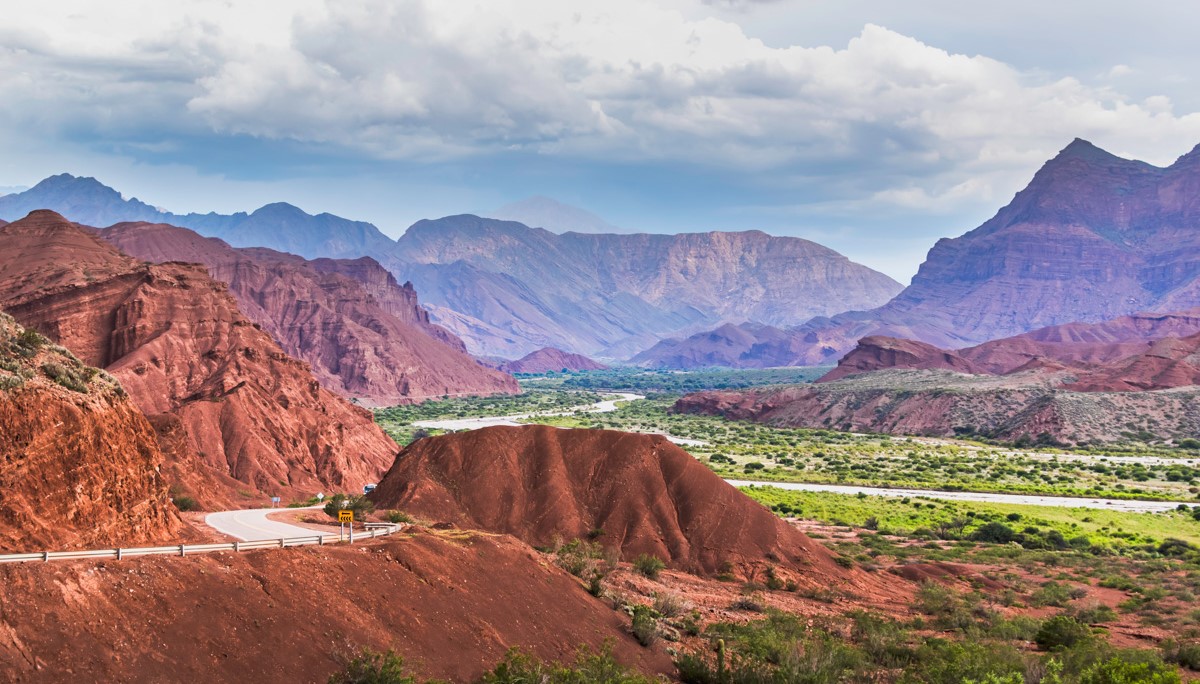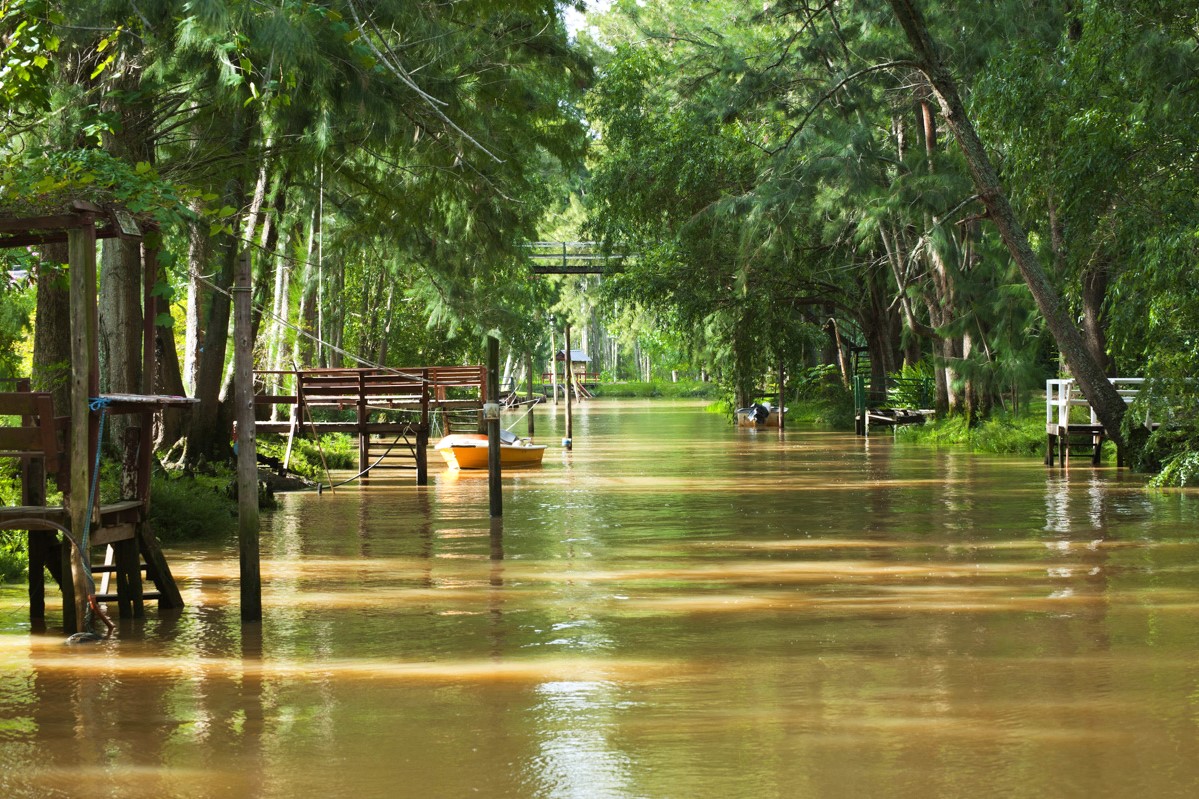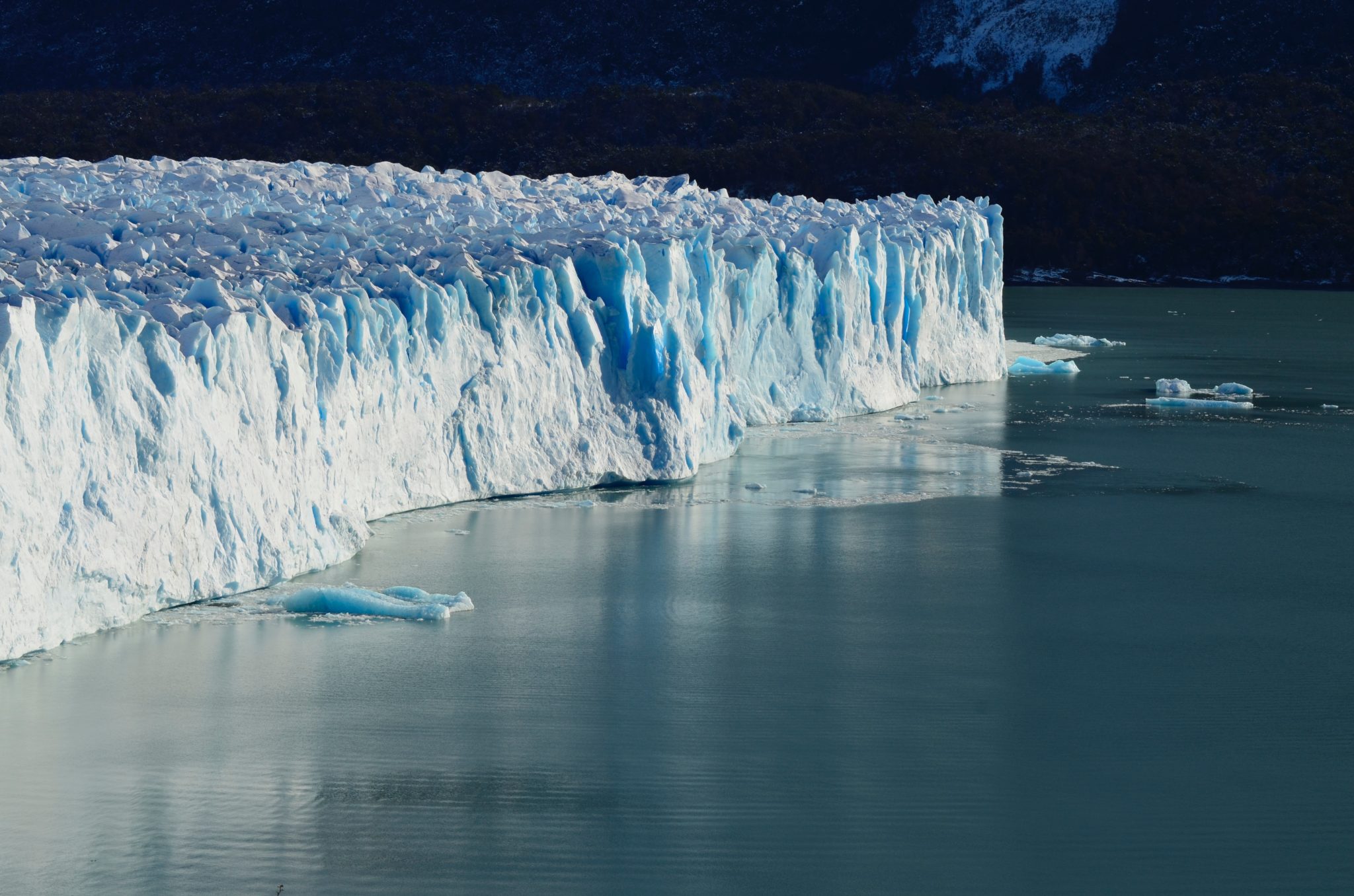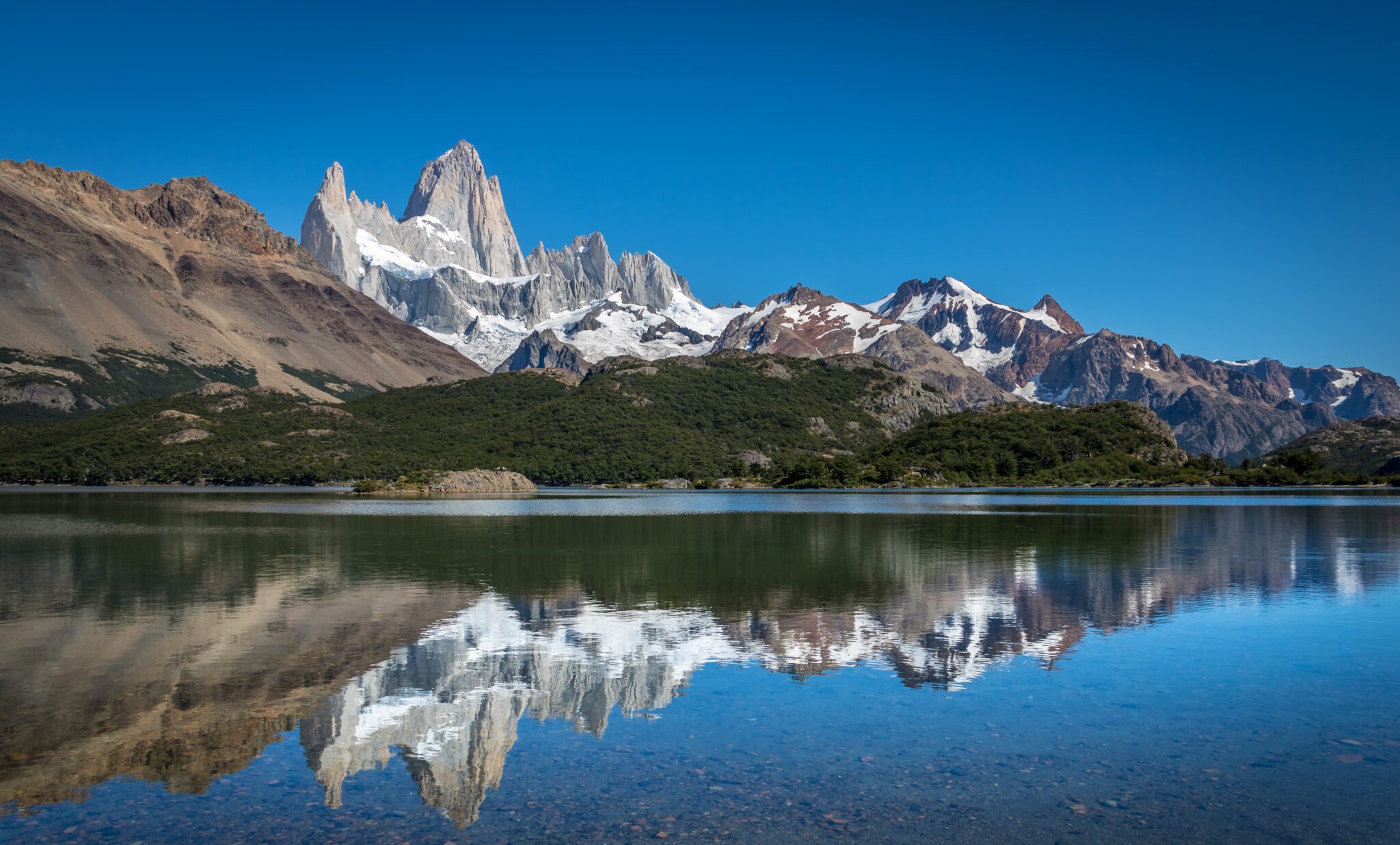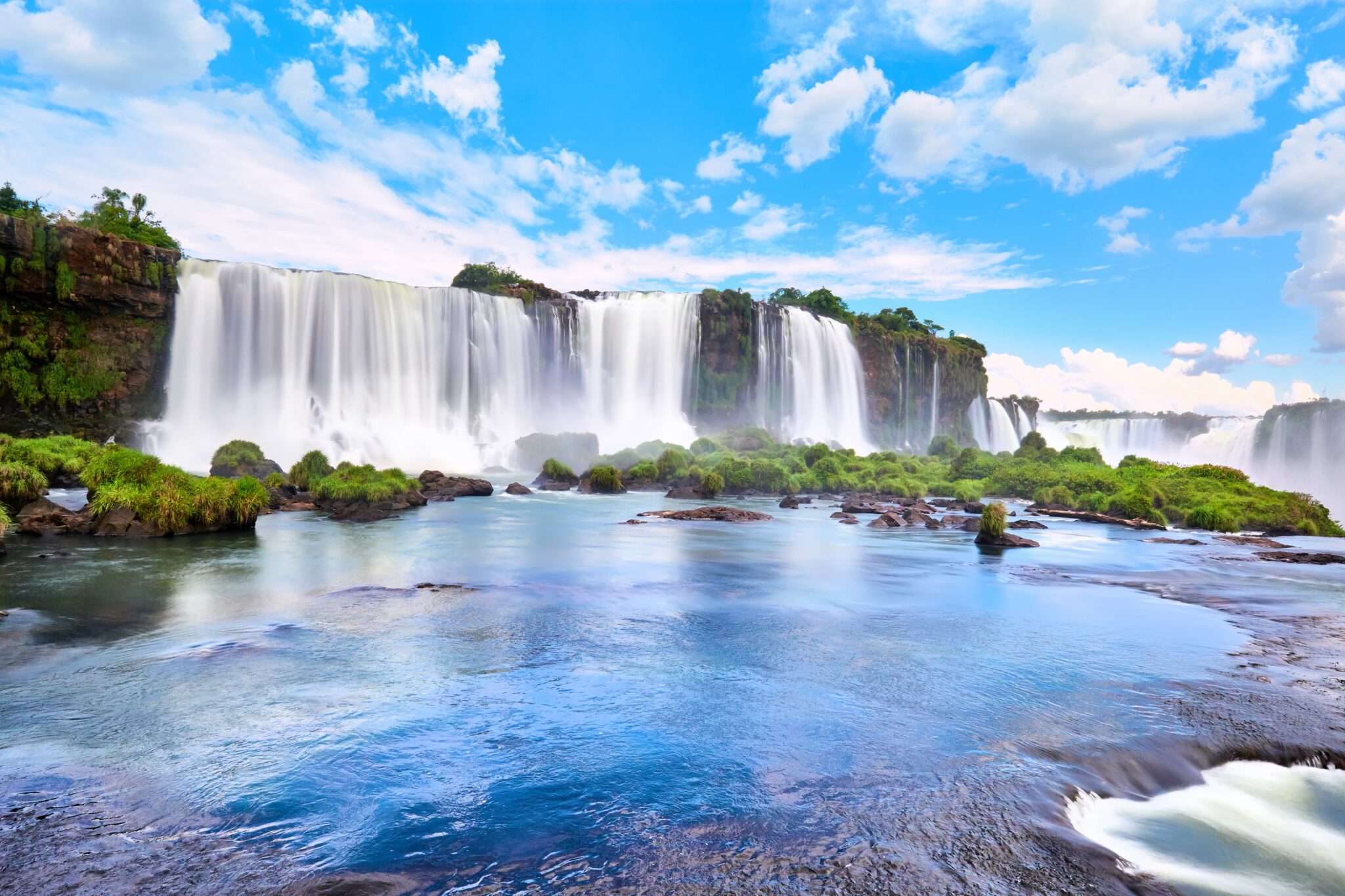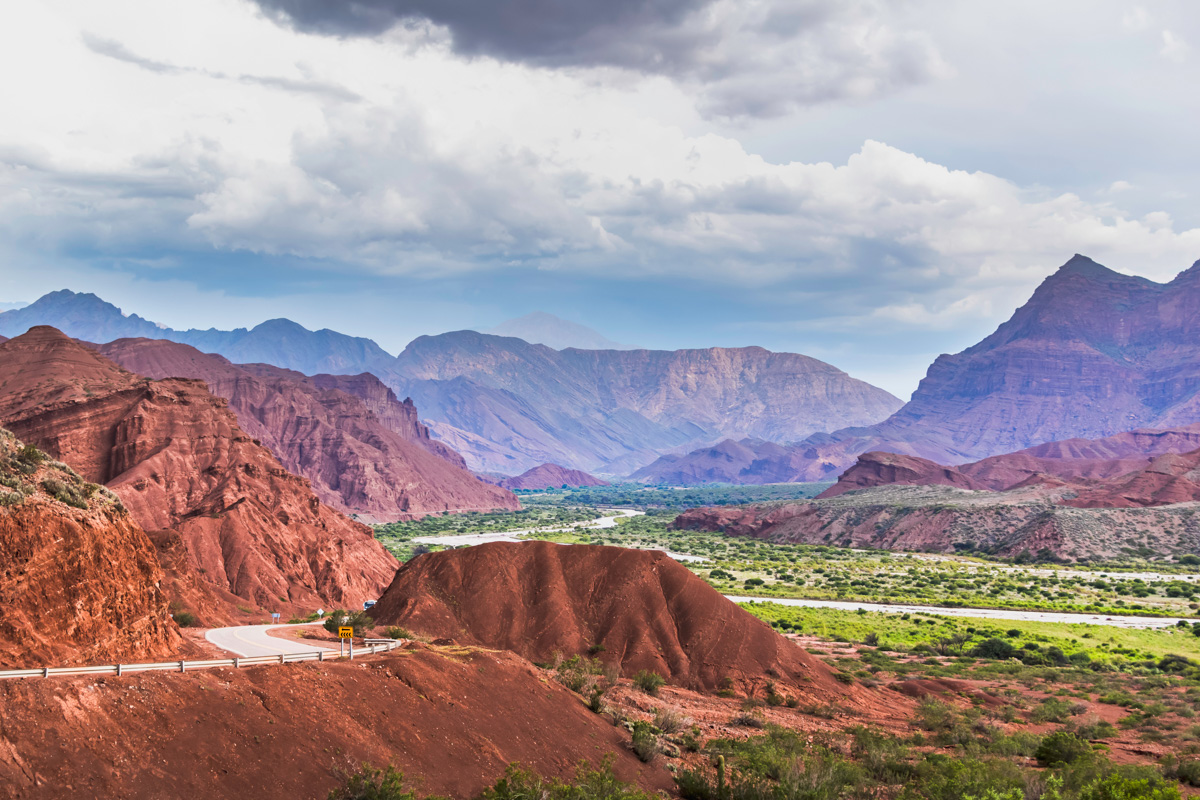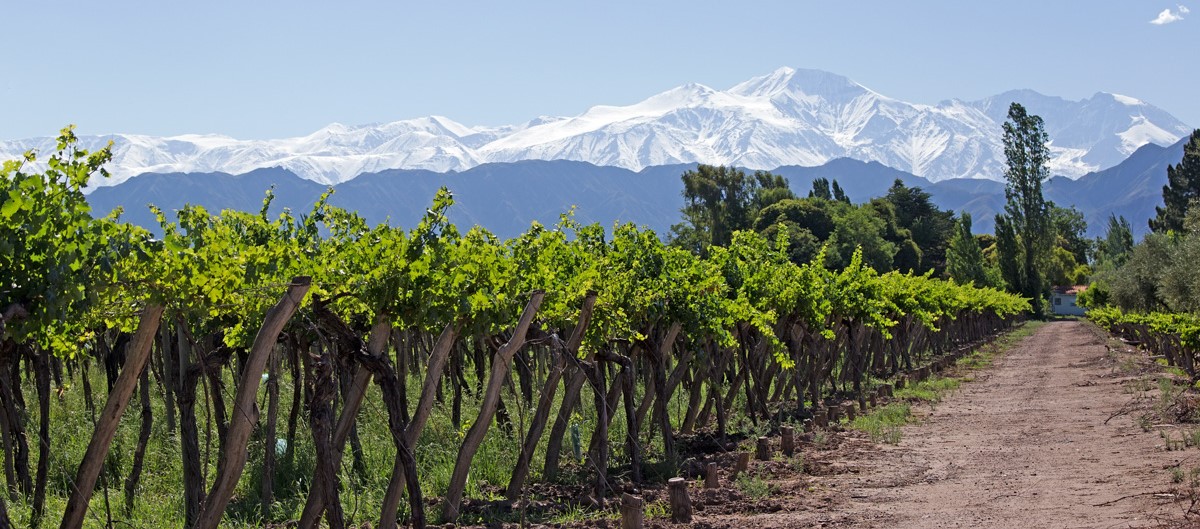Time is hailed as the ultimate luxury, particularly in the context of travel—a sentiment we wholeheartedly endorse. Many find themselves constrained by commitments, unable to indulge in extended travel. The reality often involves making the most of a week or two to explore new territories. However, by taking a breath and stepping back, a more enriching travel experience can be achieved.
The concept of slow travel has gained prominence in sustainable tourism, countering the urge to rush through destinations. It’s not just a pace; it’s a mindset. Vacationing involves breaking free from the everyday hustle and bustle while discovering new destinations. Slow travel advocates for spending quality, unhurried time in destinations, forging deeper connections, living like a local, and creating enduring memories. Whether on short or long trips, it is a flexible approach that can be applied as needed.
Whether spending a few days in Torres del Paine or El Chalten, taking moments to breathe in the clean air and absorb epic landscapes can be life-changing. Similarly, whether visiting the Atacama for three days or two weeks, being mindful and appreciating the surroundings rather than worrying about the next location transforms the travel experience.
In Chile and Argentina, the philosophy of slow travel harmonizes seamlessly with the essence of the land and landscapes. Patagonia’s saying, “if you rush through, you’re doing it wrong,” holds true not only in Patagonia but all across the two countries. In these lands, time seems to stretch in sync with the sprawling landscapes of northern deserts, rolling wine valleys, and ancient forests in the lakes regions.
Argentina: Tango, Gastronomy, and Endless Horizons
Embark on your slow travel journey in Argentina. Buenos Aires, the birthplace of tango, thrives on passion and rhythm. Let the music and dance sweep you away, wander cobblestone streets, and indulge in the renowned culinary scene. Argentina’s slow-cooked asados are a gastronomic journey, reflecting the dedication to flavor and tradition.
Moving from the vibrant city life, explore the heart of the Andes. The northwest region, with colorful mountains and indigenous communities, invites travelers to savor local cultures. Cafayate, nestled in the Calchaquí Valleys, is a haven for wine enthusiasts, where vineyards dot the landscape, each sip telling a story of the sun-drenched terroir.
Chile: A Tapestry of Contrasts
Continue the slow travel mindset in Chile, a country stretching from the arid Atacama Desert to the glacial fjords of Patagonia. Santiago, the vibrant capital, serves as a gateway to diverse landscapes and cultural experiences. Take your time exploring historic neighborhoods, savoring local cuisine, and experiencing the fusion of modernity and tradition.
As you move south, the lush vineyards of the Central Valley beckon. Slow down to savor Chilean wine, crafted with care, and let serene lakes cast their spell. In the lakes region, explore the myths of the Chiloé Archipelago, with iconic wooden churches and picturesque fishing villages inviting a step back in time. On the mainland, trek up the almost perfectly conical Osorno Volcano or stroll among the 3000-year-old trees of Alerce Andino National Park.
Patagonia: Nature’s Symphony
No exploration of slow travel in Chile and Argentina is complete without a pilgrimage to Patagonia. This untamed wilderness, shared by both countries, is a haven for those seeking solitude and communion with nature. Take time trekking through the mountains of El Chalten, where emerald lakes mirror granite spires, and the wind whispers tales of ancient glaciers.
In southern Patagonia, El Calafate beckons with the majesty of the Perito Moreno Glacier. Witness the slow dance of nature as icebergs calve into turquoise waters, feeling the enormity of time etched into the glacial landscape.
We’ll be waiting for you
In the embrace of slow travel, Chile and Argentina reveal themselves as immersive experiences, transcending mere destinations. Travelling at a leisurely pace, you’ll find that the true beauty lies not only in the destinations but in the journey—a captivating novel inviting you to savor each chapter and relish the intricate details that turn these countries into a canvas of memories.
Contact us today to plan your slow travel escape!
